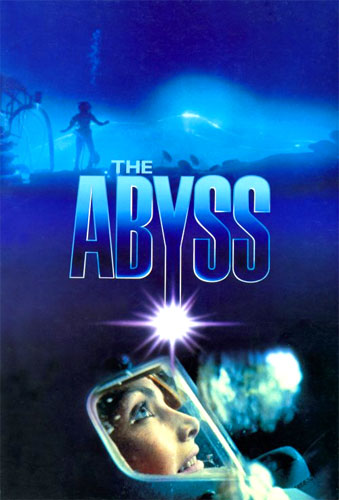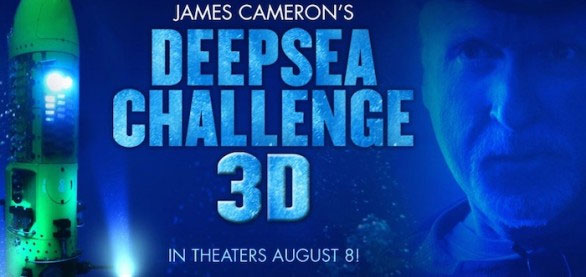The exoplanet hunt in Alpha Centauri |
||||
The Avatar Film Group is intrigued by the intersection of fantasy and reality. A beautiful fantasy can make you a billion dollar blockbuster movie and inspire millions of people around the world. But how can fantasy shape reality? Or is it more about how creative intuition sometimes speaks to us about a reality that remains hidden from view until we make the impossible, possible. The constant ecological and political threats we hear in the media about how our world is dangerously close to deteriorating into a depressing nightmare of a climate crisis and Third World War, run counter to the hopes that fuel our lives. The desire to reshape reality by rewriting its script, drives us to seek a better story with infinite possibilities reflecting the wild imagination and beautiful dreams often found in our favorite films. One of the ways to tap into the signal of infinite possibilities capable of sparking imaginations to make dreams come true, is to cast our net of awareness beyond the problems of our Earth, so we may take in a bigger picture of a Cosmos of infinite potential surrounding us. Avatar takes place on a planet called Pandora in the Alpha Centauri star system; the closest stars to our planet at little over 4 light years away. Almost three years after the release of Avatar, an exoplanet was discovered near Centauri B, (although it has recently been disputed) orbiting closer to its star than Mercury orbits our sun. And in September, 2014, Russian scientists have claimed to found a second that possibly has water. Could there be other planets in the Alpha Centauri star system that might harbor intelligent life like Pandora? The search is well under way. And most recently, “scientists detected a thermal fingerprint in the habitable zone of Alpha Centauri A. The signal potentially corresponds to a roughly Neptune-size world orbiting between 1 and 2 astronomical units (AU) from the star” Could this be a planet like Polyphemus with an orbiting moon like Pandora in Avatar? Between the release of Avatar II in December of 2022 and Avatar V in 2028, it is very likely that scientists will announce whether or not there are more planets in this star system.
|

